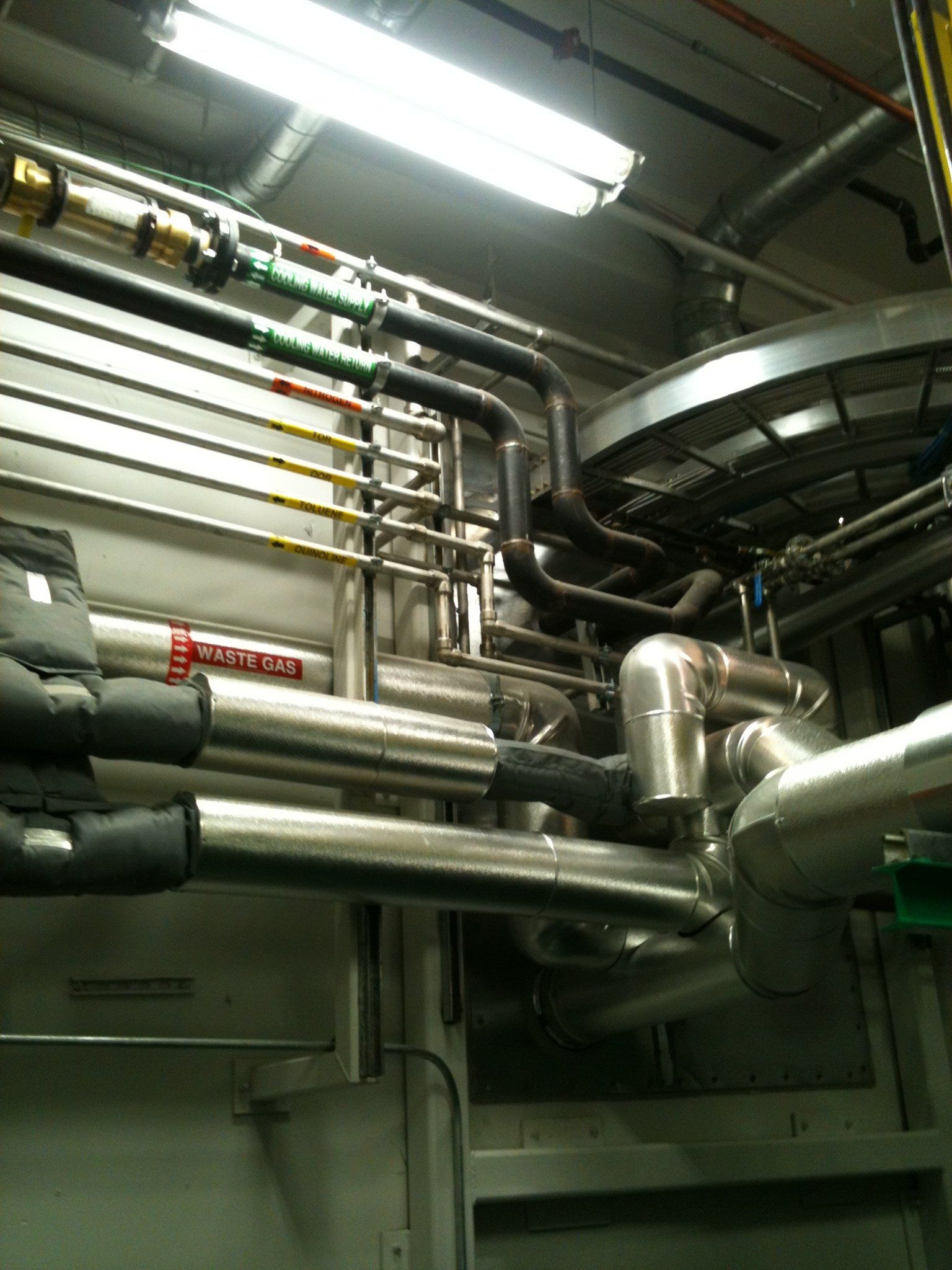Alternative Energy- Hydrogen
Brittany Masloski • October 8, 2020
Hydrogen Fuel Cells- An old solution to new problems!
If you’ve been thinking fuel cell technology has only been a recent option for alternative energy, think again! The first fuel cell was invented by Sir William Grove in 1838, almost 200 years ago. However, it would take another one hundred years before it was adapted for commercial use. In 1932, Sir Francis Thomas Bacon invented the hydrogen- oxygen fuel cell, which would go on to be used in NASA projects, starting in the mid 1960’s. So, what is a hydrogen fuel cell? Essentially it is a battery, but instead of using a metal and its ions to generate power, it uses the chemical reaction between hydrogen and oxygen to create energy. Fuel is added to the cell, and it is consumed. There are no major moving parts, which makes hydrogen systems 99.99% reliable. It is an excellent option for remote locations, like space, and its external storage capabilities make it ideal for large scale energy storage here on earth!
Today, hydrogen fuel cells are used as primary and back up power sources for industrial, commercial and residential properties. With properly scaled production, hydrogen cells can save anywhere from 20- 40% in energy costs. They have also been successfully installed and used in vehicles, boats, and submarines. NASA continues to use hydrogen cells to power parts of space capsules, and satellites! Over the past two decades, many countries around the world have made the push to switch to cleaner and more efficient energy systems. Especially here in California! By 2011 California was a worldwide leader in stationary hydrogen installations, fuel cell vehicles and buses. At the consumer level, hydrogen vehicles are still the most accessible, but the state government has applied the use of hydrogen fuel cells to heat and power buildings, as well as city buses. While there are some criticisms about the technical efficiency of the hydrogen fuel cells, overall the pros outweigh the cons. Co-generating units are an excellent example. CHP Systems, Combined Heat and Power, used in homes, office buildings, and factories can reach up to 85% efficiency!
Maintech is proud to be a California small business that supports the shift to cleaner, more sustainable energy sources. We have experience installing large scale stationary hydrogen fuel cells, as well as temporary systems that support production while construction is underway. Installing hydrogen systems involves a lot of pipe, and that’s something we’re absolutely familiar with! If you’re a manufacturing business that is considering switching to a hydrogen fuel cell system, contact us and we can help put you in touch with the right people.

As the world shifts its attention towards more sustainable sources of energy, the opportunities to install alternative energy systems are boundless! With more research and funding being diverted to alternative fuel there are many options other than fossil fuels to power residences, and industry. One of the most popular alternative energy sources that is used around the world is biogas. A biogas digester operates on the same principle as composting. Organic matter, or waste, goes in; nutrient rich byproducts and usable fuel comes out. The gas that is produced through this process is a waste-free energy source! Now more than ever, people are using biogas to heat their homes, and cook their food. Nonprofit organizations like Solar CITIES work overseas to bring biogas education to communities around the world, and help small rural areas move away from non-renewable energy sources. For industrial uses, the same process happens, but on a much larger scale. Biogas plants can be utilized by many different industries as a means of waste management. Waste from a myriad of different industires can be converted into efficient, usable fuel. In September 2016, then Governor Jerry Brown, signed into law SB 1383. A statue with the aim of reducing short-lived climate pollutants in various sectors of California industry. In order to reach the emissions goals set by SB 1383, 27 million tons of food waste need to be diverted from landfills by 2025. At least 18 million tons should be processed at composting, and biogas digestions sites. Currently as it stands in California, we have the infrastructure to process 10 million of those 18 million tons. The market for clean energy jobs keeps growing every year! As a company that has been supporting California industry for over 30 years, Maintech is proud to put our knowledge and expertise behind clean energy initiatives. Especially if they involve piping!

Take a look around you. Almost every manufactured item in the room has involved the use of process piping in at least one stage of its production. Whether its transporting acid, cooling liquid, or biogas, process piping, and the pieces of equipment that accompany it, are vital to many different production processes. You even have a type of process piping right inside your home; the plumbing! However there are many technical reasons that actually make the installation and regulation of process piping, and plumbing, very different. The codes and standards that apply to plumbing are very different from those that apply to process piping. Manufacturers generally have more leeway with the types of materials they are allowed to use, while residential plumping has very strict codes on the types of materials that are acceptable. For industrial manufacturing there are thousands of different uses for piping, it all depends on the process, and what is required of the system that is being installed. The pipes used for a Biogas Digester are going to meet very different qualifications than the pipes being used in an industrial laundry. The project managers at Maintech have the experience of working in many different manufacturing environments, so they are familiar with examining the many different factors that accompany each unique process piping system. It’s important to take into account things like viscosity, erosion, and ease of cleaning before selecting the best materials to use for an industrial manufacturing project!
